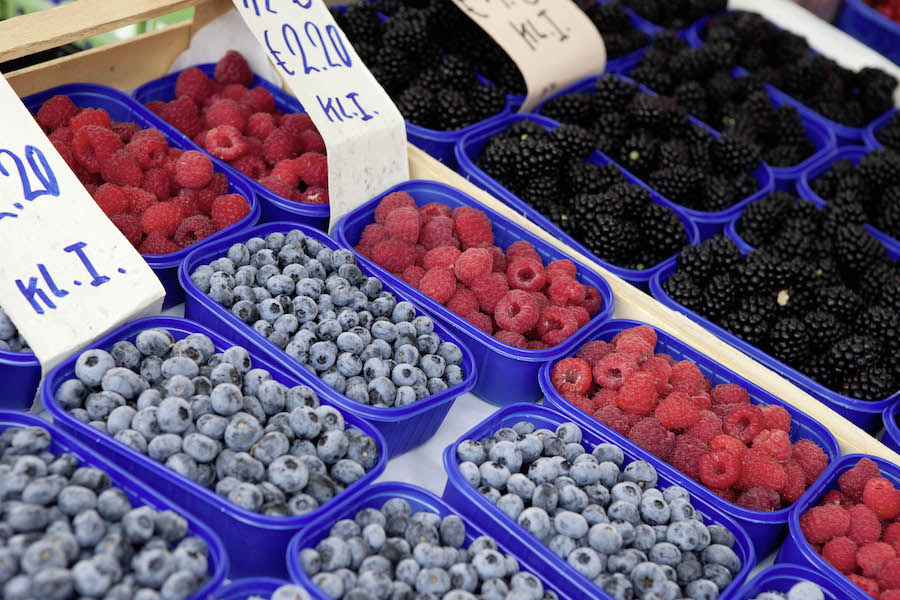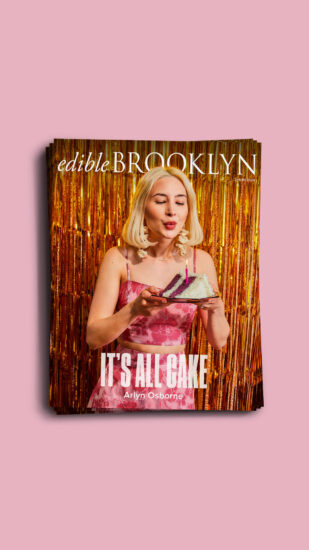Crossing the Danube Canal from Vienna’s glittering historic center to the city’s less glamorous Second District, I knew I was entering our borough’s “sister city”—my Brooklyn bones could feel the average monthly rent on a two-bedroom apartment drop by about 35 percent.
Leopoldstadt, as the district is known, was officially linked to Brooklyn in 2007, when Brooklyn Borough President Marty Markowitz and Vienna’s Deputy Mayor Renate Brauer signed a joint proclamation announcing a “district partnership” intended to strengthen relations between the communities. Beyond the multiethnic and historically Jewish heritage that inspired the part- nership, there are other similarities, if you look. Take the Prater, Vienna’s sprawling amusement park (and home to that giant Ferris wheel featured in The Third Man)—it could be an immaculately groomed version of Coney Island, with the long, skinny debreziners at the wurst stands doing an awfully good impression of Nathan’s dogs.
But many modern Brooklynites will feel more at home at the lively Karmelitermarkt, a farmers market at the center of life in Leopoldstadt, on a public square called Karmeliterplatz. Ever since Austrian thinker Rudolf Steiner provided the philosophical underpinnings for what would become the organic farming movement in the early 20th century, the country has become one of the world’s leaders in the field; it was one of the first countries to set official organic guidelines, and its government continues to subsidize ecological farming practices. as a result, close to 20 percent of its farms are organic, more than in any other European country (except tiny Liechtenstein).
If you want to see this policy in action, Karmeliterplatz is the best farmers market in the city, a place where you can get a good head of organic spitzkohl, a kind of pointy cabbage, grown and sold by a farmer who can tell you what to do with it. There’s always fresh produce for sale at makeshift farm stands on the plaza, but on Saturday, the market fills out with artisan producers selling wood- oven bread, raw-milk cheeses and speck made from heritage-breed pigs that look like woolly sheep.
Indeed the entire country—which has a population about the size of New York City’s—is something of a real-food wonderland, complete with civic composting programs (jealous much?), perfect pastries in every corner café (they make Sachertorte look easy), and fine locavore vino (Vienna is the only capital in the world with significant wine production within city limits) made by rock-star vintners wearing plastic glasses as big as any you’ll see on the L train. Don’t cross the canal before hitting the cutting-edge restaurants—friendly, chic little spots that reinterpret classic Viennese dishes with a light, contemporary touch—like Shopik and Lohr, whose stately wainscoting is offset by the outsize scribblings of artist Otto Zitko all over its ceiling; or the all-organic Schöne Perle, a neo-beisl (or new-style neighborhood joint) that kept the name (“Beautiful Pearl”) of the Chinese restaurant that used to occupy the space. Just remember to bring your euros—Schöne Perle is cash-only. This is Brooklyn’s sister, after all.
Photo credit: Rainer Fehringer.



